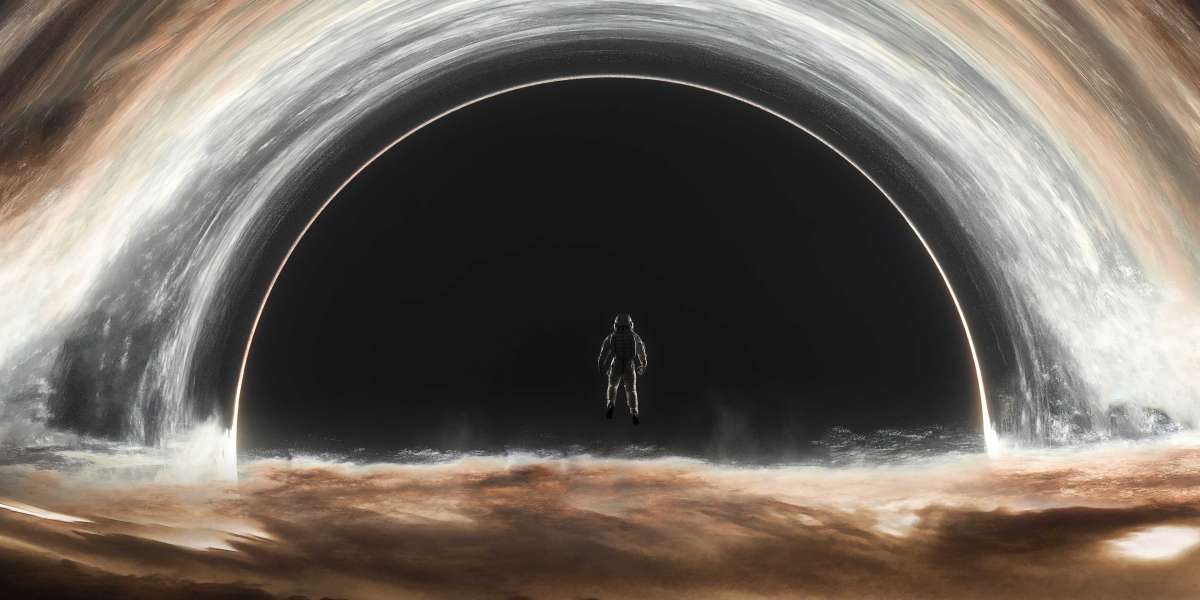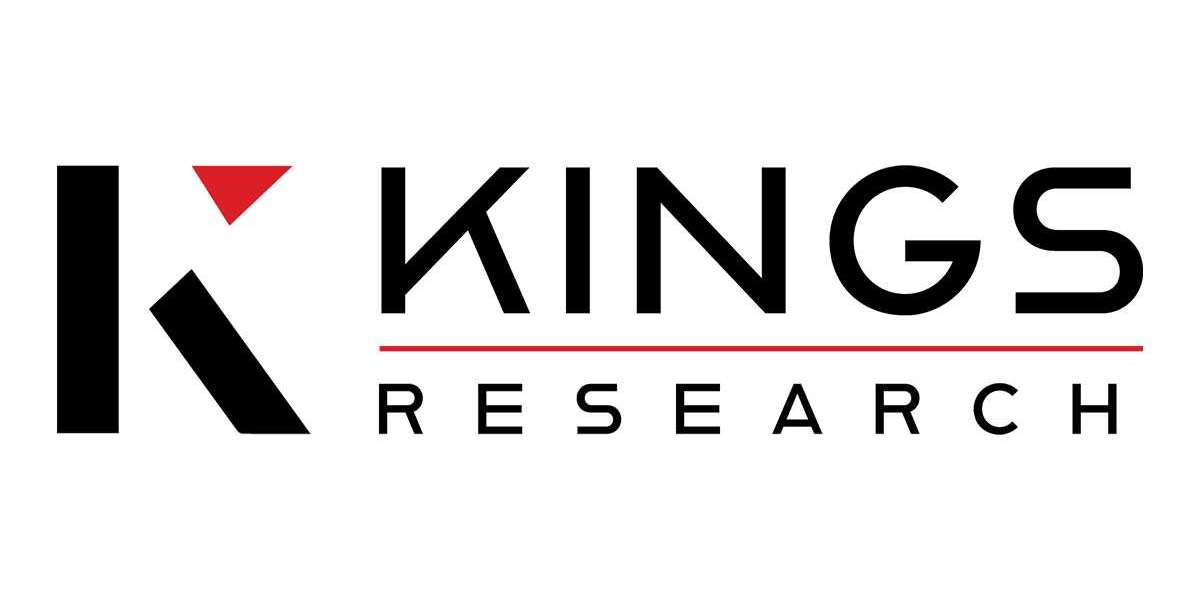Solar charge controllers are essential components in photovoltaic systems, regulating the voltage and current coming from solar panels to batteries. However, like any technology, they can encounter issues. This article serves as the ultimate guide to troubleshooting solar charge controllers, helping you identify and resolve common problems effectively.

Understanding Solar Charge Controllers
Before diving into troubleshooting, it is crucial to understand the role of solar charge controllers. They prevent overcharging and deep discharging of batteries, ensuring longevity and efficiency. When problems arise, they can disrupt the entire solar energy system. What are the most common issues you might face?
1. No Output Voltage
If your solar charge controller shows no output voltage, it could be due to a blown fuse or a faulty connection. Check the wiring and replace any blown fuses. If the issue persists, consider testing the controller with a multimeter.
2. Overcharging Batteries
Overcharging can lead to battery damage. This issue often arises from incorrect settings on the charge controller. Ensure that the voltage settings match the specifications of your battery type. If adjustments do not resolve the issue, the controller may need replacement.
3. Low Battery Voltage
Low battery voltage can indicate a problem with the solar panels or the charge controller itself. Inspect the solar panels for dirt or shading that may hinder performance. If the panels are clean, check the controller's settings and connections.
4. Inconsistent Charging
Inconsistent charging can be frustrating. This problem may stem from fluctuating sunlight conditions or a malfunctioning controller. Ensure that the solar panels are positioned correctly and that the controller is functioning as intended.
5. Error Codes
Many modern solar charge controllers display error codes. Refer to the user manual for specific codes and their meanings. Understanding these codes is vital for effective troubleshooting.
Additional Common Issues
- 6. Overheating: Ensure proper ventilation around the controller.
- 7. Reverse Polarity: Check connections to avoid damage.
- 8. Ground Faults: Inspect for any short circuits.
- 9. Communication Errors: Verify connections if using a monitoring system.
- 10. Aging Components: Regularly inspect and replace old components.
Conclusion: The Ultimate Guide to Troubleshooting Solar Charge Controllers
By understanding these common issues and their solutions, you can maintain the efficiency of your solar energy system. For a more detailed exploration of troubleshooting techniques, visit this comprehensive guide. Remember, regular maintenance and timely troubleshooting are key to maximizing the lifespan and performance of your solar charge controller.








